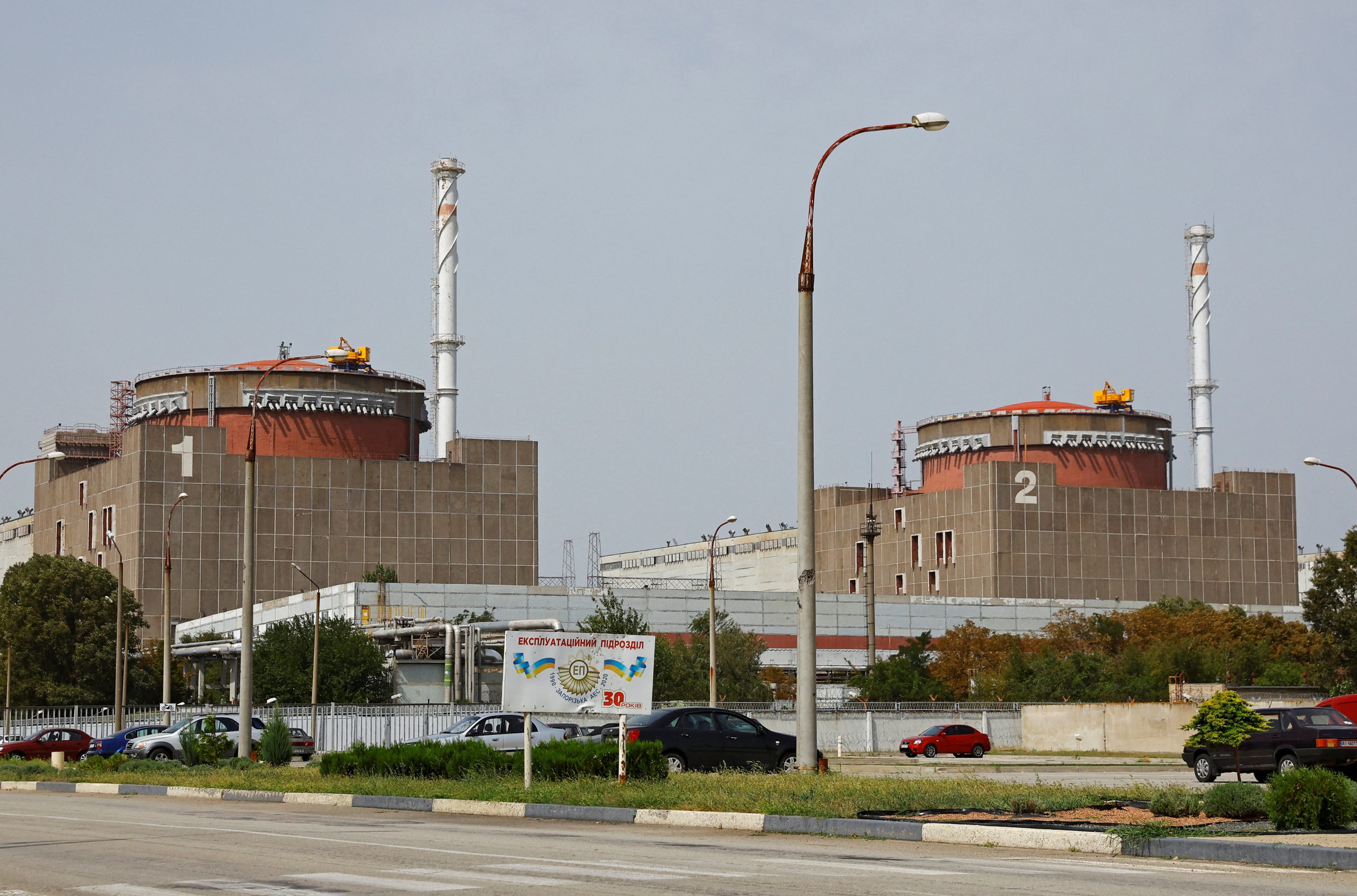
Lauren C. Moye, FISM News
[elfsight_social_share_buttons id=”1″]
Russia killed a United Nations nuclear disarmament agreement that would have bound over 100 hundred countries on Friday, while their troops remain engaged in risky conflict near the Zaporizhzhia power plant located in Ukraine.
The Nuclear Nonproliferation Treaty (NPT) aims to curb the spread of nuclear weapons globally while working toward a future where they no longer exist. In a process started over 50 years ago, the treaty countries are supposed to hold a conference every five years to review the document.
In the delayed NPT conference, a final document was submitted for approval. The document needed the approval of all 191 state countries to become binding.
Igor Vishnevetsky, the Russian representative and deputy director of the Kremlin’s Non-Proliferation and Arms Control Department, told the conference that “unfortunately there is no consensus on this document.”
Vishnevetsky added that other countries besides Russia didn’t agree with “a whole host of issues” in the draft.
The comment was made at a time when the world watches as Ukraine and Russia teeter on the edge of what might become the largest nuclear disaster in history as forces battle near the Zaporizhzhia nuclear power plant.
Yesterday the plant went off-grid after a fire, prompting nearby locals to take iodine tablets if it could not be reconnected in time to prevent a nuclear meltdown. However, two of the six reactors were reconnected.
However, both sides in the conflict claim that the other has shelled the plant once more in the past 24 hours.
“The damage is currently being ascertained,” Ukraine’s state nuclear company Energoatom said through the Telegram messaging app. The energy agency blamed Russia once more for shelling the plant’s ground.
At the same time, the Russian Defense Ministry stated that Ukraine had fired “a total of 17 shells” in the past 24 hours, some of which struck the roof of a building storing 168 assemblies of nuclear fuel.
The NPT treaty draft expressed “grave concern” regarding the military activities near the plant and would have supported global condemnation by treaty countries of the actions. It also recognized Ukraine’s inability to make sure nuclear materials were not siphoned for other purposes and “the paramount importance of ensuring control by Ukraine’s competent authorities.”
This is the second time a final draft failed to be ratified by the NPT conference. In 2015, an agreement stalled over differing views on establishing a disarmament zone in the Middle East. Experts did not view this as a major stumbling block this time for the 36-page document.
Argentine Ambassador Gustavo Zlauvinen, president of the conference, expressed hopes of a positive outcome ahead of the conference even while the “world is increasingly wracked by conflicts, and, most alarmingly, the ever-growing prospect of the unthinkable nuclear war.”
After the Russian representative spoke, Zlauvinen told the conference, “I see that at this point, this conference is not in a position to achieve agreement on its substantive work.”
Russia’s deputy delegation head, Andrei Belousov, said the agreement failed because it sought “to settle scores with Russia by raising issues that are not directly related to the treaty.”
“These states, namely Ukraine and the backers of the Kyiv regime, bear full responsibility for the absence of a final positive result,” he said.
“Russia is the reason we do not have consensus today,” said Adam Scheinman, the U.S. representative at the conference. “The last-minute changes that Russia sought were not of a minor character. They were intended to shield Russia’s obvious intent to wipe Ukraine off the map.”
